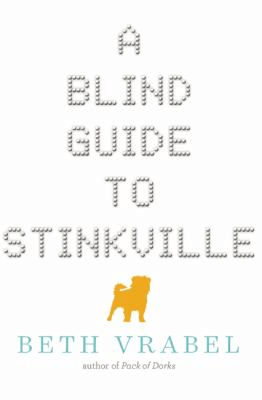It’s not very often that I come across a children’s book that accurately, authentically, and respectfully depicts a disabled protagonist (if I can find a children’s book with a disabled protagonist). Early last week, I picked up A Blind Guide to Stinkville—a middle grade novel with a protagonist who has albinism and a visual impairment—and was taken in by its plot and cast of characters. Alice, the novel’s twelve-year-old protagonist, happens to have a disability, but isn’t disabled. Likewise, the story is told through Alice’s experience of having a disability, but isn’t about her disability. Speaking about Alice’s characterization, author of Blind Guide Beth Vrabel remarked, “Everybody faces challenges. Everybody has a story. But your story is so much more than just your challenges.”
“Everybody faces challenges. Everybody has a story. But your story is so much more than just your challenges.”
Having recently moved from Seattle, Washington to Sinkville, (or Stinkville as the town’s inhabitants call it) South Carolina, Alice and her family have a terrible time adjusting to life in the small Southern town. In Seattle, Alice’s classmates, neighbors, and friends knew about and accepted her albinism and visual impairment—they were non-issues—but now that Alice is constantly having to answer questions about her appearance and how “blind” she really is if she has some functional vision, she feels disabled. And Alice’s parents and older brother James are no help: her dad is more involved with his new job as manager of the town’s paper mill than his family, her mom’s latest bout of depression keeps her in bed most days, and her older brother James is too angst-ridden to even walk with her to the local library. As Alice navigates Sinkville solo, the experiences she has and people she meets show her that she has the ability to shape her own identity.
Perfect for grades 4-7, A Blind Guide to Stinkville shows us that while disability may be a part of who we are, it’s not all that we can be.

